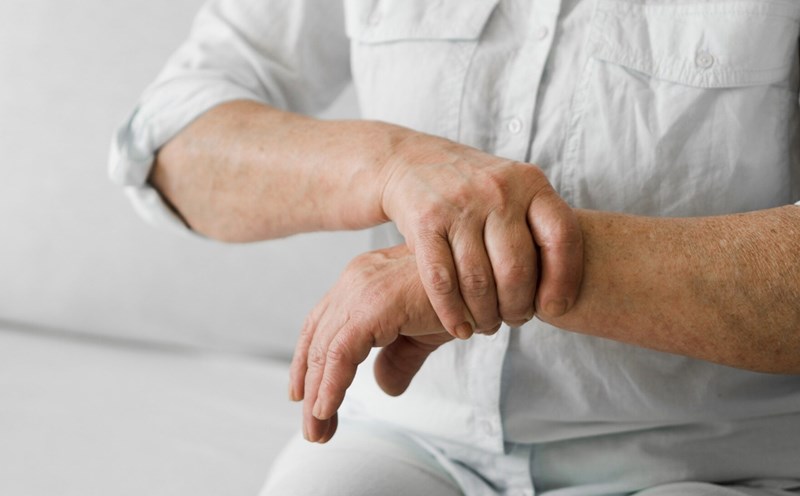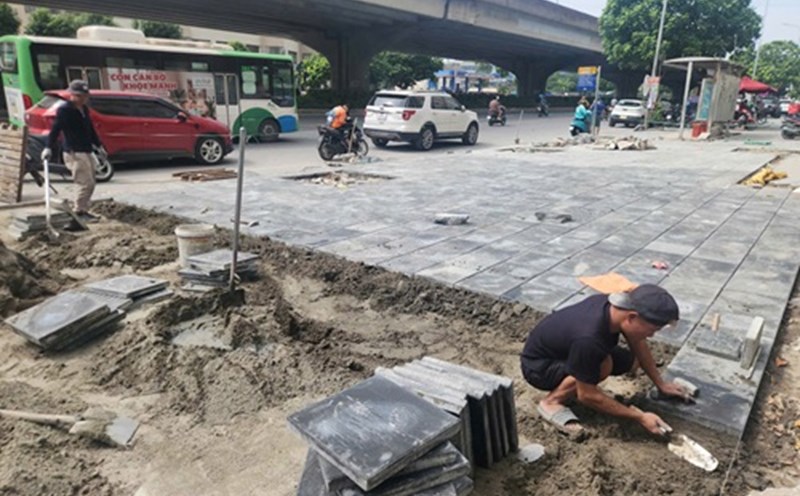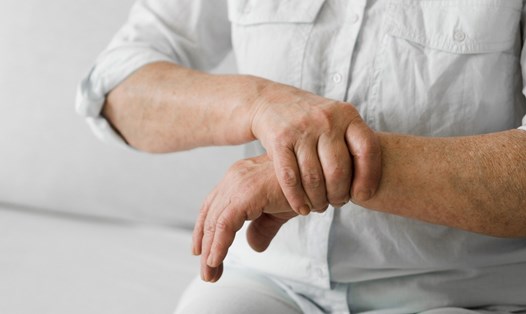Air pressure drops, joints are under more pressure
When its cold, air pressure drops, causing tissues around joints to swell slightly, increasing pressure on the nerves and causing pain, says Dr. Sana Ahmed Sayyad, an orthodologist in India.
In addition, blood vessels constrict to keep the body warm, causing blood flow to the hands, feet and knees to decrease. As a result, joints receive less oxygen and nutrients, causing pain to appear or get worse.
Research by Harvard Health Publishing also shows that people who are sedentary in winter tend to have more joint pain due to weakness of the circulating muscles, reducing the ability to support and protect.
Keep warm and exercise, the key to preventing joint pain in cold weather
Keeping your body warm is the first principle, wear thin clothes, gloves, socks and especially protect your knees when going out. Taking a warm bath or apply a warm compress to your joints helps your muscles relax and blood circulate better.
However, it is necessary to maintain gentle exercise every day. Exercises such as stretching, yoga or brisk walking indoors help flexible joints, limiting muscle stiffness.
Diet is equally important: prioritize fatty fish, olive oil, green vegetables, nuts and eggs to supplement vitamin D, calcium and omega-3, nutrients that support joint health. Don't forget to drink enough water, even if you don't feel thirsty during the cold season.
Getting enough sleep and avoiding sitting in one position for long periods of time also helps reduce pressure on the joints. If the pain is prolonged or swollen, the patient should go to a medical facility for examination and treatment instructions.











